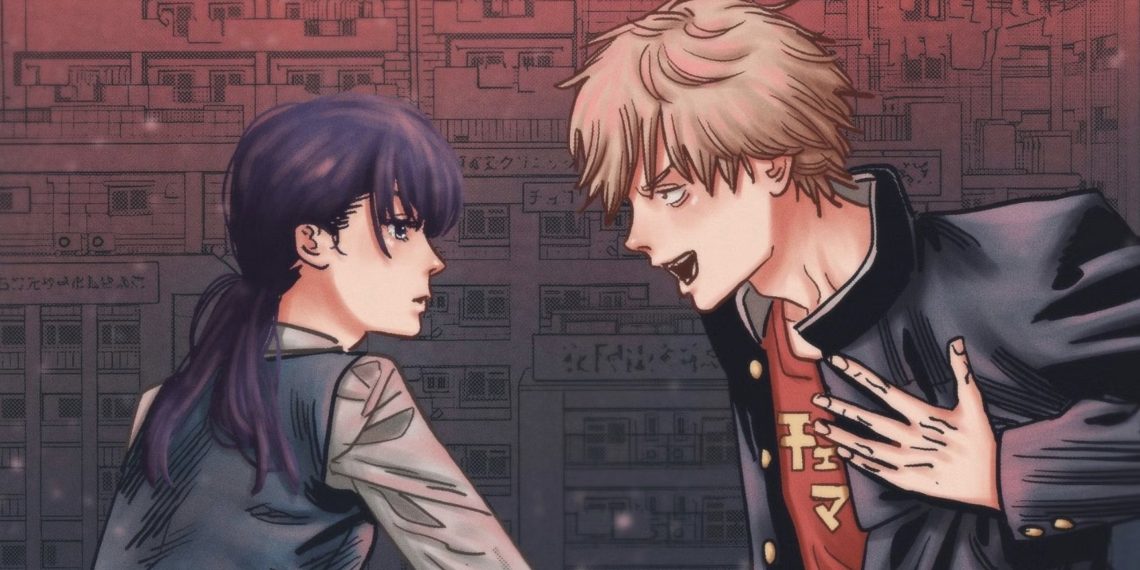In Chainsaw Man, the portrayal of villains is as intricate as the weaving of a complex storyline. Within this narrative world, devils emerge as formidable entities existing beyond the confines of human morality, thereby assuming the role of antagonists vis-à-vis humanity.
The series goes deeply into the nuances of morality, prompting audiences to ponder over the true essence of villainy.
Interestingly, not all devils within the Chainsaw Man universe embody malevolence. Some enter into contracts with humans, aligning their actions with societal welfare and thereby assuming quasi-heroic personas, albeit unintentionally.
Conversely, devil hybrids exist endowed with human-like intellect who consciously perpetrate despicable deeds.
While categorizing devils as inherently nefarious proves challenging due to their innate instincts, certain devils in Chainsaw Man exhibit such unrestrained malevolence that the term ‘villain’ scarcely does justice to their atrocities.
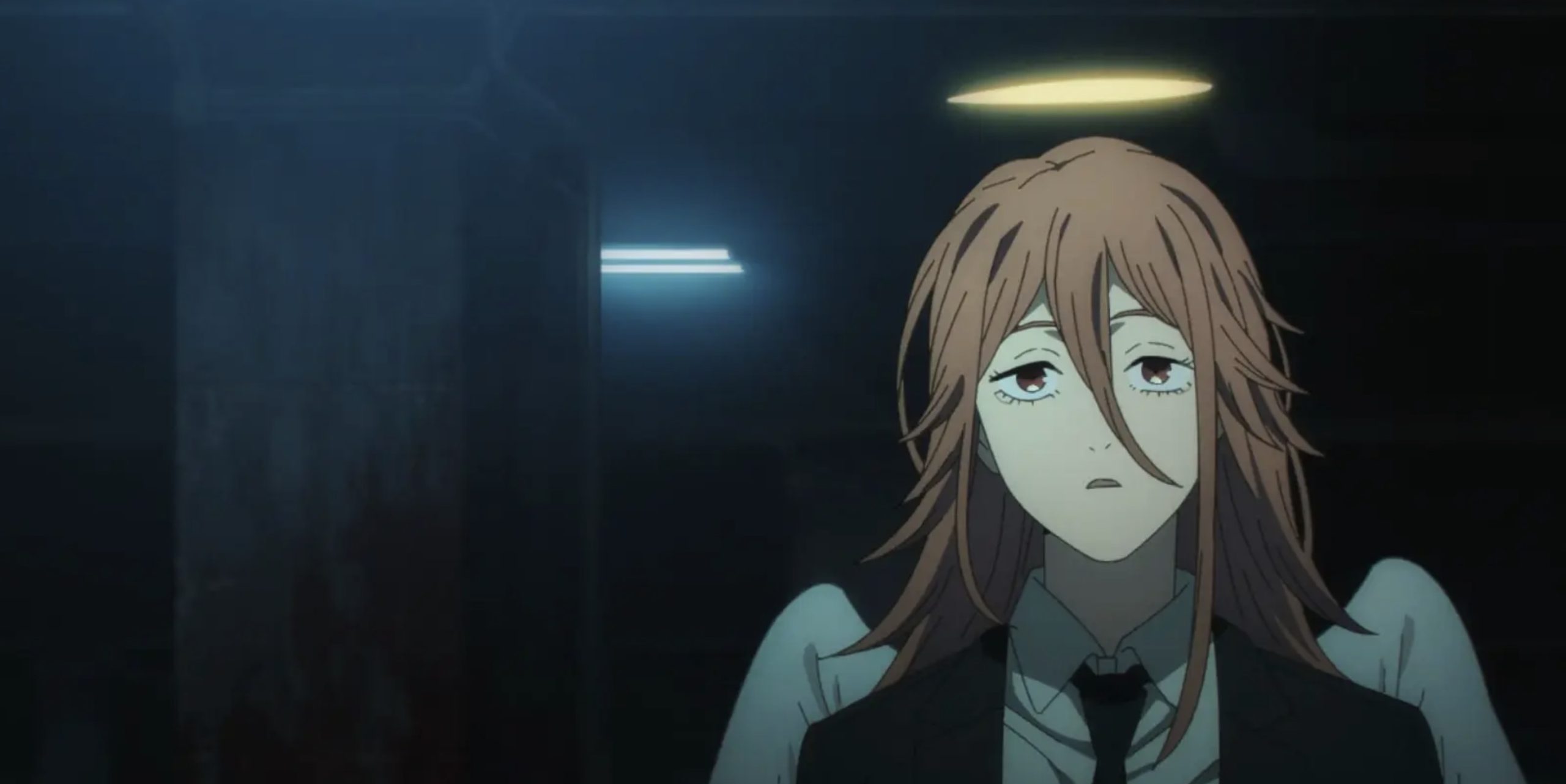
The intricacies of moral ambiguity manifest prominently within the narrative, inviting contemplation on the nature of evil and the complexities inherent in distinguishing between good and bad.
Chainsaw Man artfully blurs the lines between heroism and villainy, compelling audiences to reassess their preconceived notions and grapple with the fundamental question: who truly embodies the essence of devilry?
Chainsaw Man offers a compelling exploration of the multifaceted nature of villainy, challenging conventional tropes and transcending simplistic characterizations.
Through its diverse cast of characters and thought-provoking themes, the series explores the intricacies of morality with finesse, leaving audiences amazed by its profound insights into the human condition and the amazing devils.
As viewers traverse this narrative storyline, they are confronted with a stark reminder of the inherent complexity of moral dilemmas and the perpetual struggle to discern the true nature of villainy.
Katana Man And 9 Other Best Villains In Chainsaw Man
Here is a list of the top 10 best villains in the whole story of Chainsaw Man.
10. Katana Man
In the early chapters of Chainsaw Man, Katana emerges as a formidable adversary, marking the first recurring threat Denji encounters in his role as Chainsaw Man. Possessing a hybrid nature akin to Denji and wielding comparable powers, Katana’s confrontations with Denji serve as pivotal tests of the latter’s abilities, imparting invaluable lessons along the way.
Together with his accomplice, Akane Sawatari, Katana harbors a vendetta against Denji, spurred by the death of his grandfather, who perished in a confrontation involving the Zombie Devil and members of the Yakuza.
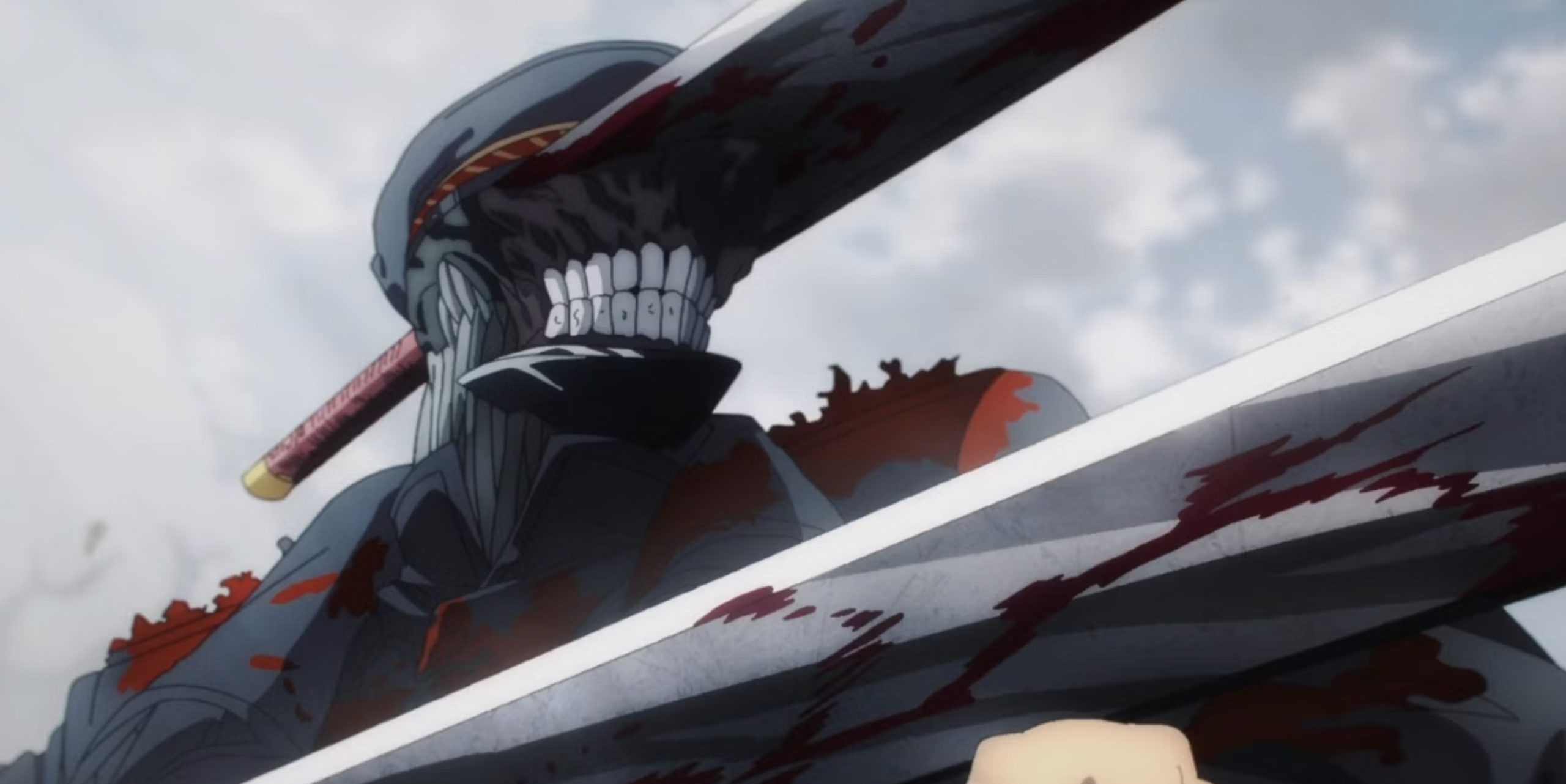
Katana Man’s involvement catalyzes one of the earliest tragedies depicted in the series, underscoring the profound impact of his actions.
As a former member of the Yakuza and intricately linked to Denji’s pre-Chainsaw Man past, Katana Man’s presence assumes a poignant significance, serving as a poignant reminder of Denji’s tumultuous journey.
Confronting and ultimately triumphing over Katana Man symbolizes Denji’s liberation from the shackles of his past, signifying a pivotal moment of growth and self-realization.
The conflict with Katana Man transcends mere physical confrontation, delving into personal history and emotional catharsis for Denji.
His victory represents not only the defeat of a formidable foe but also the culmination of his journey toward self-actualization and emancipation from the ghosts of his past.
9. Quanxi
Renowned as the foremost Devil Hunter in China, Quanxi has earned widespread acclaim as the premiere figure in her field, often lauded as the First Devil Hunter.
Her prowess was vividly showcased during the International Assassins arc, where she effortlessly vanquished numerous adversaries with unparalleled speed and precision, leaving spectators awestruck by her unparalleled skill.
What sets Quanxi apart is her unique status as a Bow Devil Hybrid. In her devil form, she harnesses the power to unleash deadly volleys of arrows from the crossbows that adorn her arms, further enhancing her formidable combat abilities.
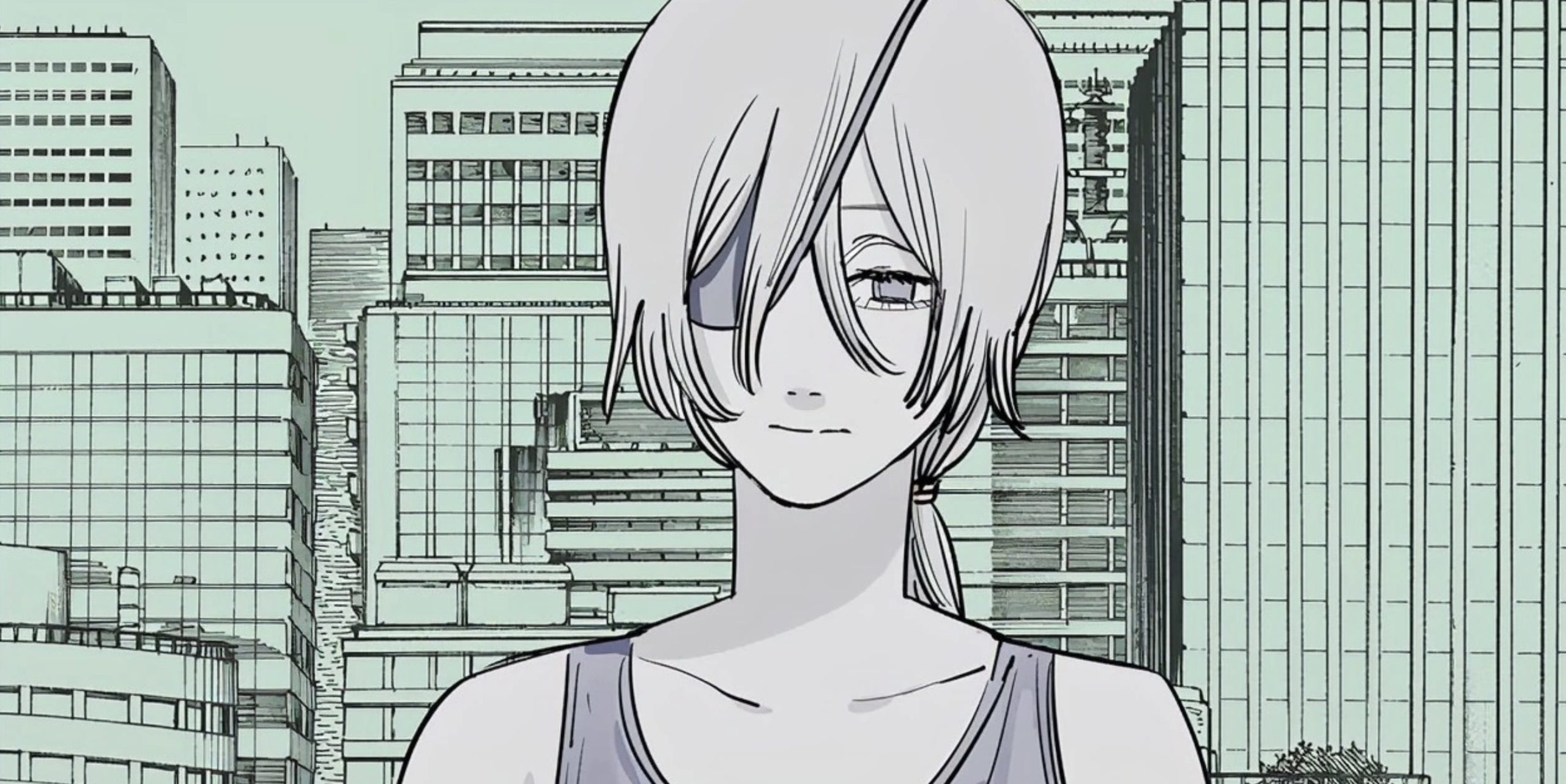
However, it is not just her exceptional prowess in a battle that amazes audiences; Quanxi’s personal life adds an intriguing layer to her character.
Engaged in a polyamorous relationship with three formidable fiends, each possessing considerable power, Quanxi embodies a complexity rarely seen in antagonists.
This aspect of her character adds depth and richness to her portrayal, raising her beyond the confines of a typical villain.
The recent resurgence of Quanxi in the latest arc of the manga has only served to solidify her status as a fan favorite. Her return has reignited interest in her character, further showcasing her multifaceted nature and leaving readers eagerly anticipating her future exploits.
Quanxi’s enduring popularity is a testament to the masterful storytelling and character development within the Chainsaw Man series, firmly establishing her as one of its most compelling and memorable characters.
8. Barem Bridge
At the core of Barem Bridge’s villainy lies a sinister duality. While he is known as the Flamethrower Devil Hybrid, it is his involvement with the Chainsaw Man Church that truly underscores the depths of his malevolence. His unwavering commitment to his cause and the lengths to which he is willing to go make him a formidable adversary.
Barem’s allegiance to the Chainsaw Man Church is rooted in his lingering attachment to Makima, even after breaking free from her manipulative grasp.
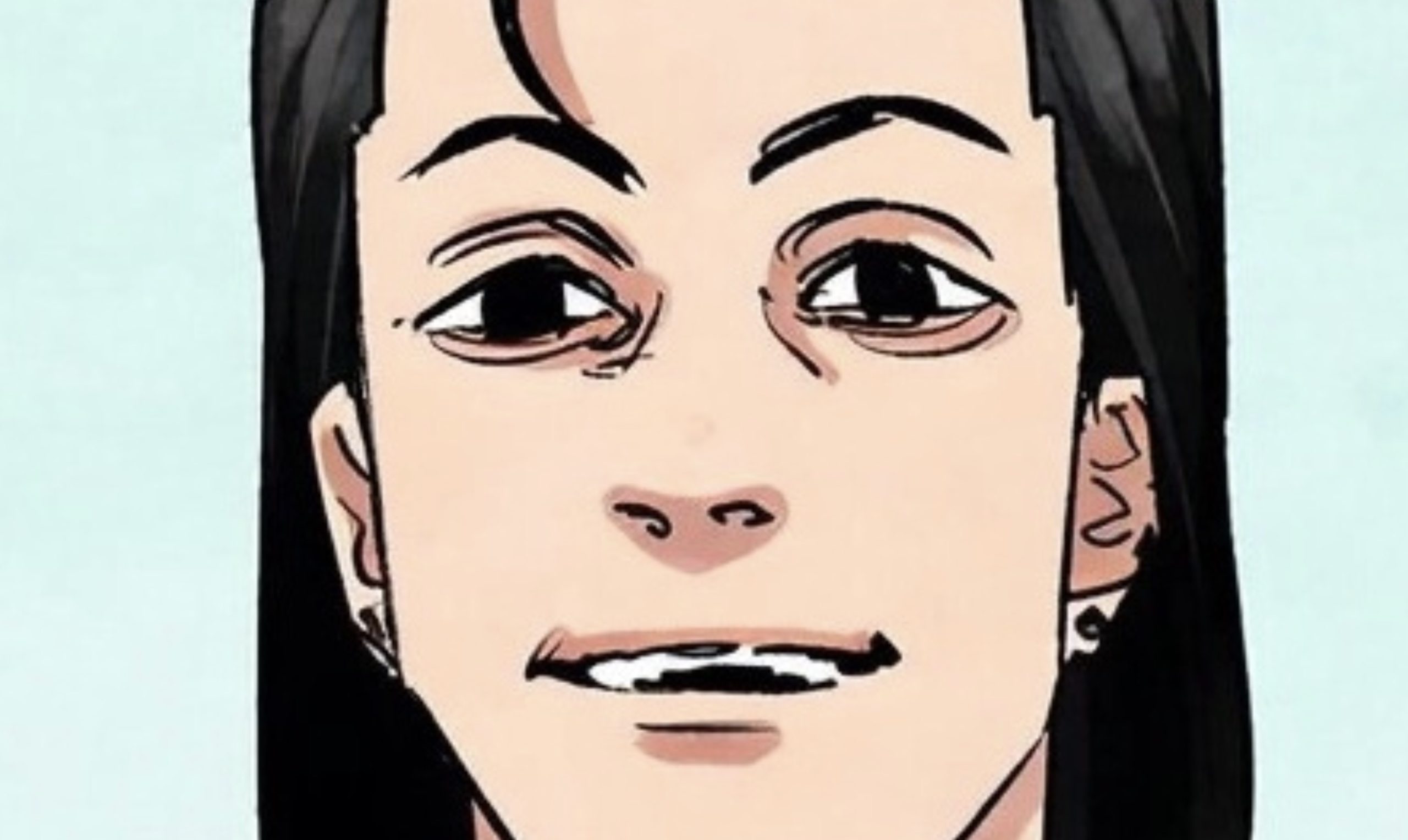
This connection drives him to align himself with Fami, the Famine Devil, whose resemblance to Makima is striking.
In Barem’s eyes, Makima’s vision remains the righteous path, leading him to lead the Chainsaw Man Church as a means to instill fear in the populace, with the ultimate goal of empowering Chainsaw Man to confront the Death Devil.
Barem’s fervent dedication to his cause and his willingness to manipulate and exploit others for his own ends make him a formidable antagonist.
His intricate ties to the Chainsaw Man Church and his complex motivations add layers of depth to his character, raising him beyond a mere wielder of flames.
As the series proceeds, Barem’s role in the overarching narrative continues to evolve, further cementing his status as a formidable and amazing figure within the Chainsaw Man universe.
7. The Darkness Devil
The moment of the Darkness Devil’s entrance into the series remains etched in the minds of fans as one of its most iconic scenes, showcasing Fujimoto’s exceptional talent for blending artistry with symbolism.
In this pivotal moment, the Darkness Devil emerges as a formidable embodiment of humanity’s primal dread of the unknown.
The sheer power of the Darkness Devil is incomprehensible, demonstrated by its ability to swiftly incapacitate several seasoned Devil Hunters within the depths of Hell. However, it is the aftermath of consuming a fragment of the Darkness Devil’s flesh that reveals the true extent of its amazing power.
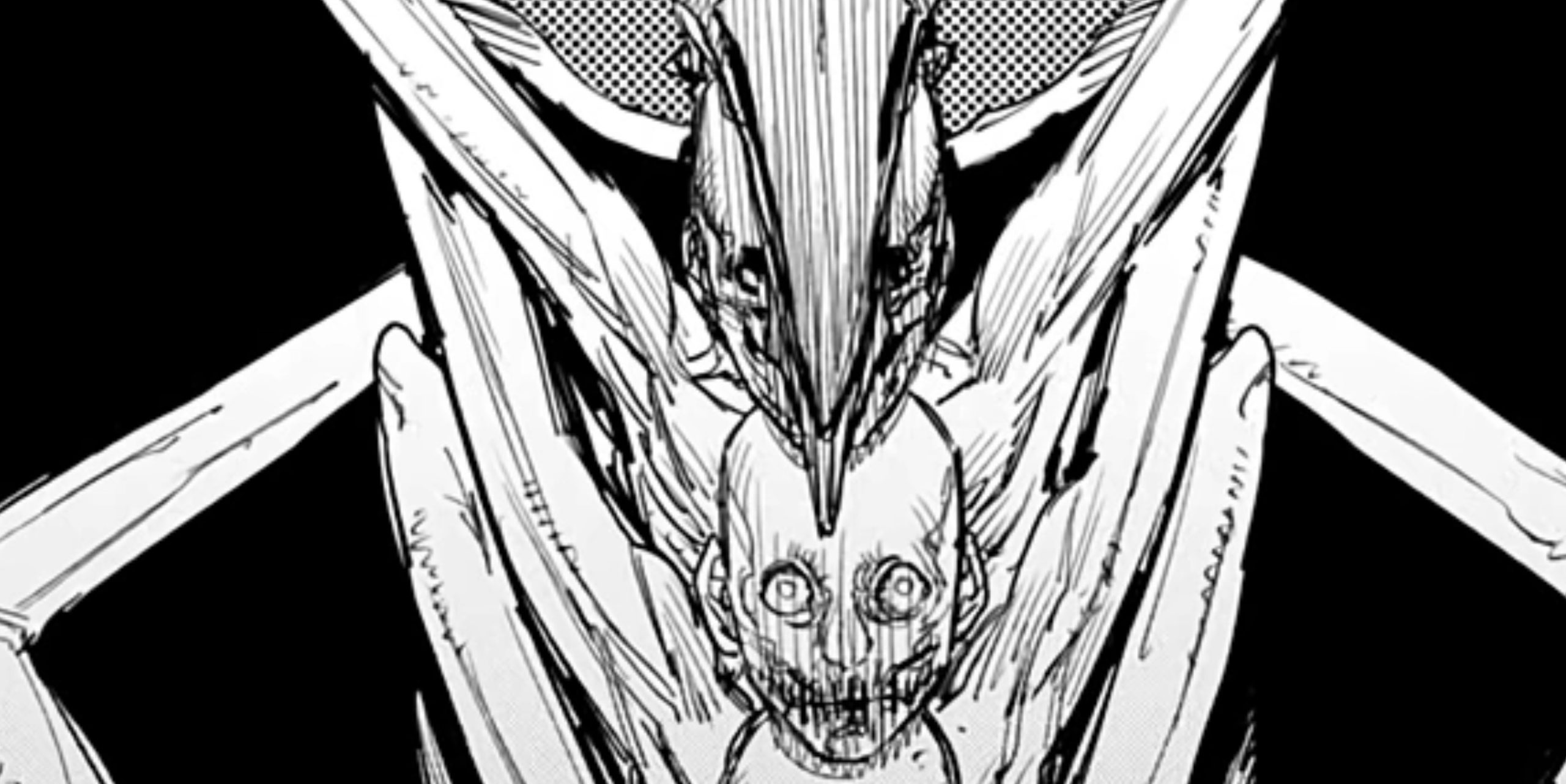
Witnessing Santa Claus undergo a monstrous transformation and become endowed with unparalleled strength serves as a tantalizing peek into the esoteric depths of the Darkness Devil’s influence.
Fujimoto’s masterful depiction of the Darkness Devil not only highlights its raw power but also goes into the psychological world, exploring humanity’s innate fear of that which lies beyond comprehension.
This pivotal moment serves as a testament to the series’ ability to blend visceral action with profound thematic depth, leaving readers enthralled by its evocative storytelling and rich symbolism.
As the narrative proceeds, the amazing presence of the Darkness Devil continues to cast a shadow over the characters, driving them to confront their deepest fears and unravel the mysteries of the unknown.
6. Yuko
Yuko’s bond with Asa adds a compelling layer to her character, setting her apart as one of the more intriguing antagonists in Chainsaw Man. Despite her understanding of Asa’s complexities, her descent into madness and violence reveals a tragic twist to her narrative.
Her vigilantism, targeting school bullies under the guise of delivering justice, underscores the precarious nature of wielding a strong moral compass.
Yuko’s transformation into the Justice Devil Hybrid further accentuates this theme, positioning her as a formidable adversary against Asa and the War Devil.
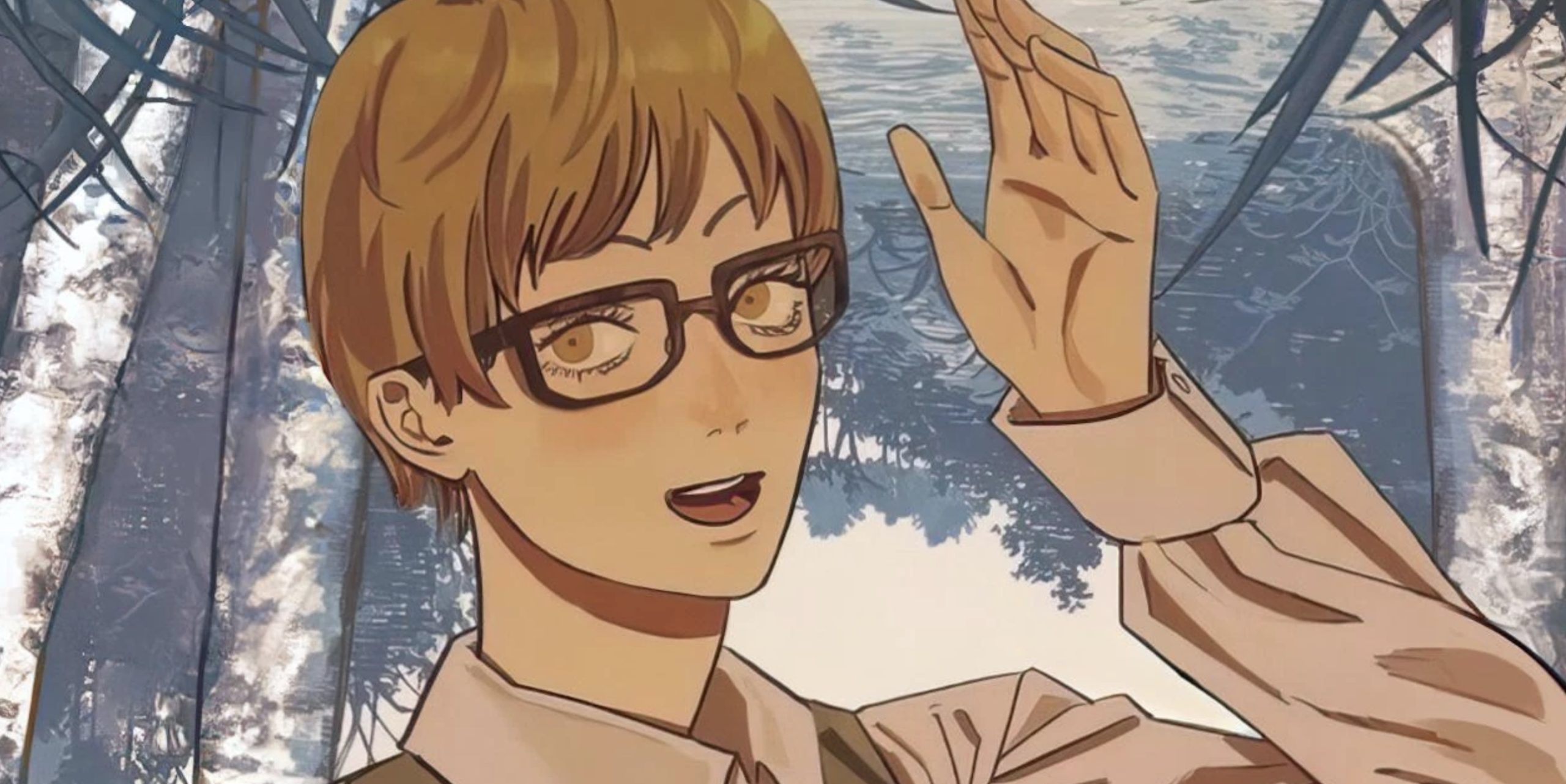
However, in the morally ambiguous world of Chainsaw Man, the notion of justice proves to be elusive, as evidenced by the series’ refusal to provide a tidy resolution.
Through Yuko’s character arc, Chainsaw Man explores the notion that righteousness, when wielded by individuals with skewed perspectives, can morph into something sinister. Her role as a foil to Asa and the War Devil adds depth to the narrative, challenging conventional notions of morality and justice.
In the end, Chainsaw Man subverts expectations once again, refusing to succumb to simplistic dichotomies of good versus evil. Instead, it embraces the complexities of human nature, leaving readers to grapple with the nuances of morality in a world where justice is not always victorious.
5. The Gun Devil
The Gun Devil’s allure as a compelling antagonist stems from the profound sense of dread and intrigue evoked by his very name.
In Chainsaw Man, where Devils derive power from humanity’s deepest fears, the notion of a Devil born from the collective terror of guns instills a primal sense of fear in both characters and audiences alike. Even before any concrete details are revealed about him, the Gun Devil looms as a formidable and terrifying presence.
Moreover, the Gun Devil’s entanglement with global politics adds a chilling layer of relevance to his character. With governments across the world exerting partial control over him, the Gun Devil serves as a stark reminder of the real-world implications of political tensions and armed conflicts.

His overwhelming power is exemplified by the staggering death toll of 1.2 million within a mere five minutes, a harrowing testament to the devastation he is capable of unleashing with just a fraction of his full strength.
The Gun Devil’s portrayal underscores the thematic depth of Chainsaw Man, exploring the intersection of fear, power, and geopolitical strife.
His amazing presence serves as a catalyst for introspection, prompting audiences to confront the unsettling realities of human nature and the pervasive influence of fear in society.
As the series proceeds, the Gun Devil remains a potent symbol of terror and destruction, challenging both characters and readers to grapple with the true extent of his malevolence.
4. Fami
Fami’s character in Chainsaw Man epitomizes the complexities of moral ambiguity. While the full extent of her power remains shrouded in mystery, her intentions are resolutely clear: she aims to instill fear in Chainsaw Man throughout the world, believing this will grant him the strength needed to confront and defeat the Death Devil.
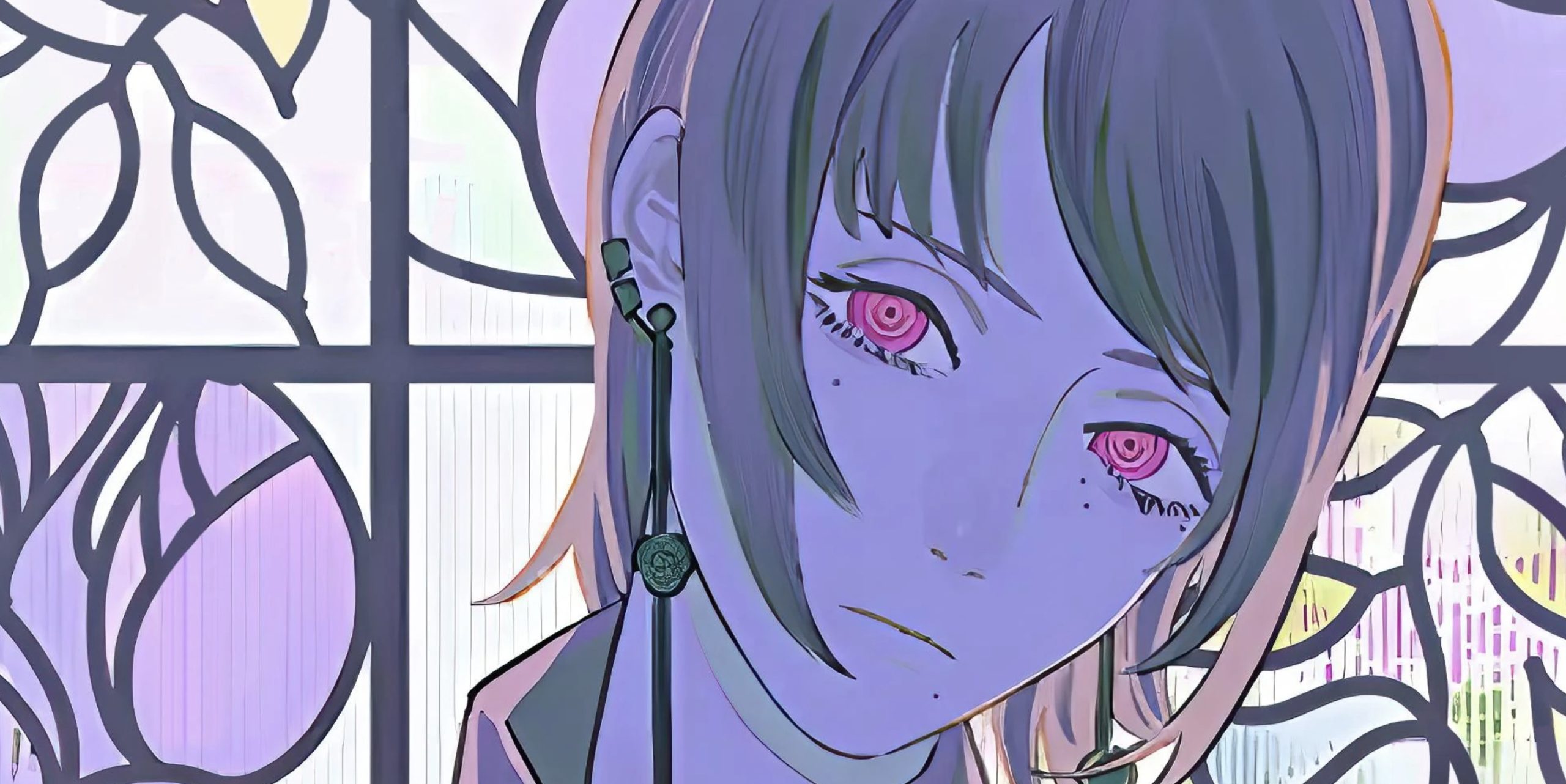
What sets Fami apart is her warped sense of morality. Despite her conviction that she is acting for the greater good, her methods veer into villainy. She is unflinchingly willing to manipulate and endanger countless lives in pursuit of her goal, demonstrating a chilling disregard for the consequences of her actions.
Fami’s character serves as a sobering reminder of the potential for righteousness to become distorted when pursued through unethical means. Her portrayal challenges conventional notions of heroism and villainy, blurring the lines between right and wrong.
As the series proceeds, Fami’s actions continue to cast a shadow over the narrative, prompting readers to confront the uncomfortable truth that even the noblest of intentions can lead to unthinkable acts of cruelty.
3. Santa Claus
Santa Claus emerges as a formidable and amazing assassin singularly fixated on eliminating Chainsaw Man by any means necessary. Though her primary form is that of a woman, her pact with the Doll Devil grants her dominion over a legion of bodies scattered across the globe.
However, Santa Claus’ alliance with the Doll Devil is merely one facet of her sinister arsenal. She has forged contracts with a myriad of other Devils, including the Curse Devil, the Hell Devil, and, notably, the Darkness Devil.
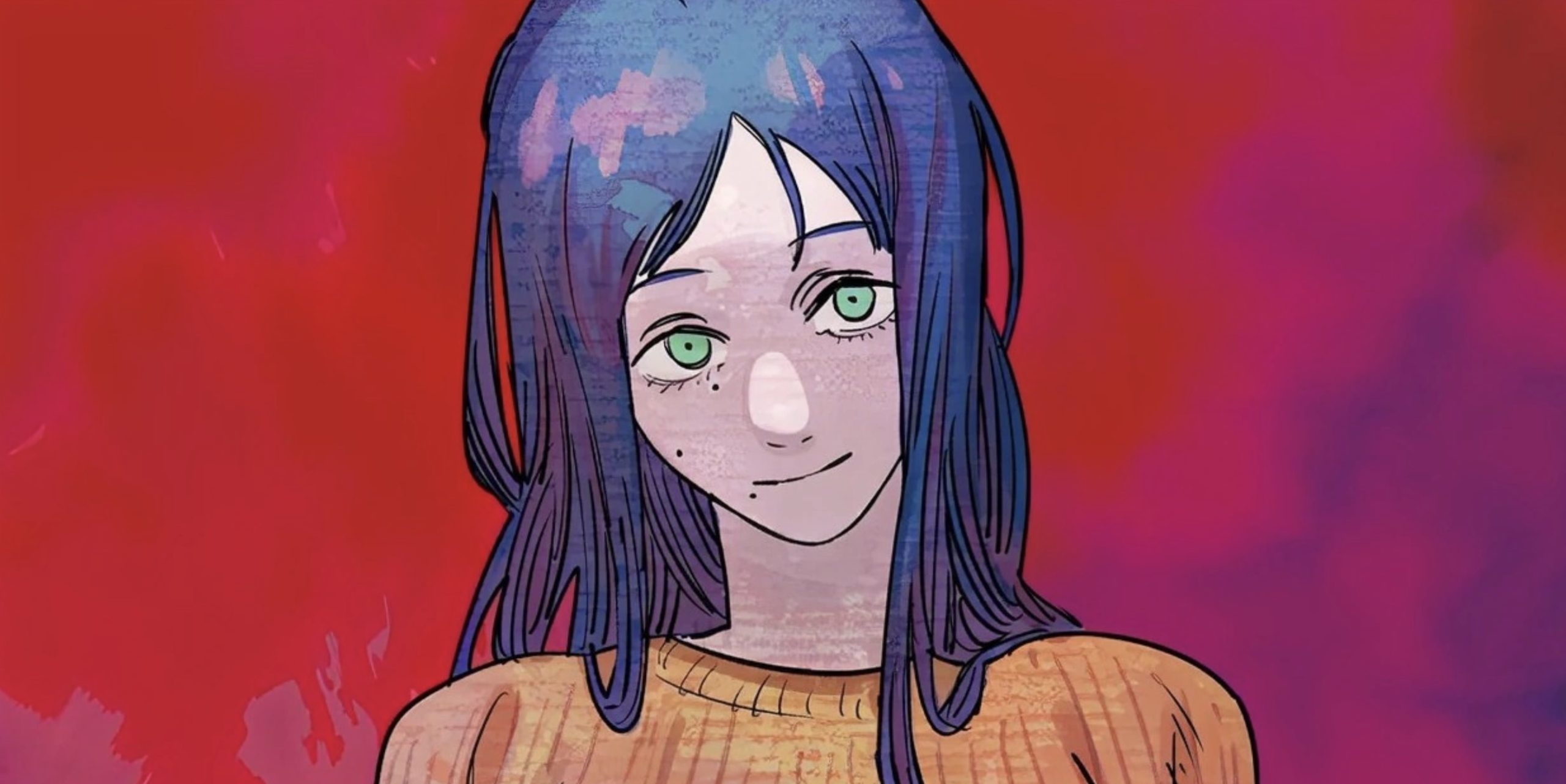
These unholy alliances transform her into a veritable monstrosity by the culmination of the International Assassins Arc, solidifying her status as one of the most unsettling doll-themed antagonists in contemporary fiction, echoing the chilling legacy of characters such as Child’s Play’s infamous Chucky.
Santa Claus’ relentless pursuit of Chainsaw Man, coupled with her grotesque transformation fueled by diabolical contracts, imbues her character with an aura of unbridled menace.
Her presence serves as a testament to the macabre depths of Chainsaw Man’s narrative, weaving together elements of horror and psychological suspense to create a truly nightmarish adversary. As the series progresses, Santa Claus’ insidious machinations promise to propel Chainsaw Man’s narrative into ever darker and more sinister territory.
2. Reze
What sets Reze apart as one of Chainsaw Man’s standout villains is not merely her capacity for evil, but rather the complexity of her personal journey and her intricate relationship with Denji.
Born from the cruel experiments of the Russian government, Reze’s tragic origins paint her as a character burdened by the weight of her past trauma, forging a poignant connection with Denji, who shares a similar history of suffering.
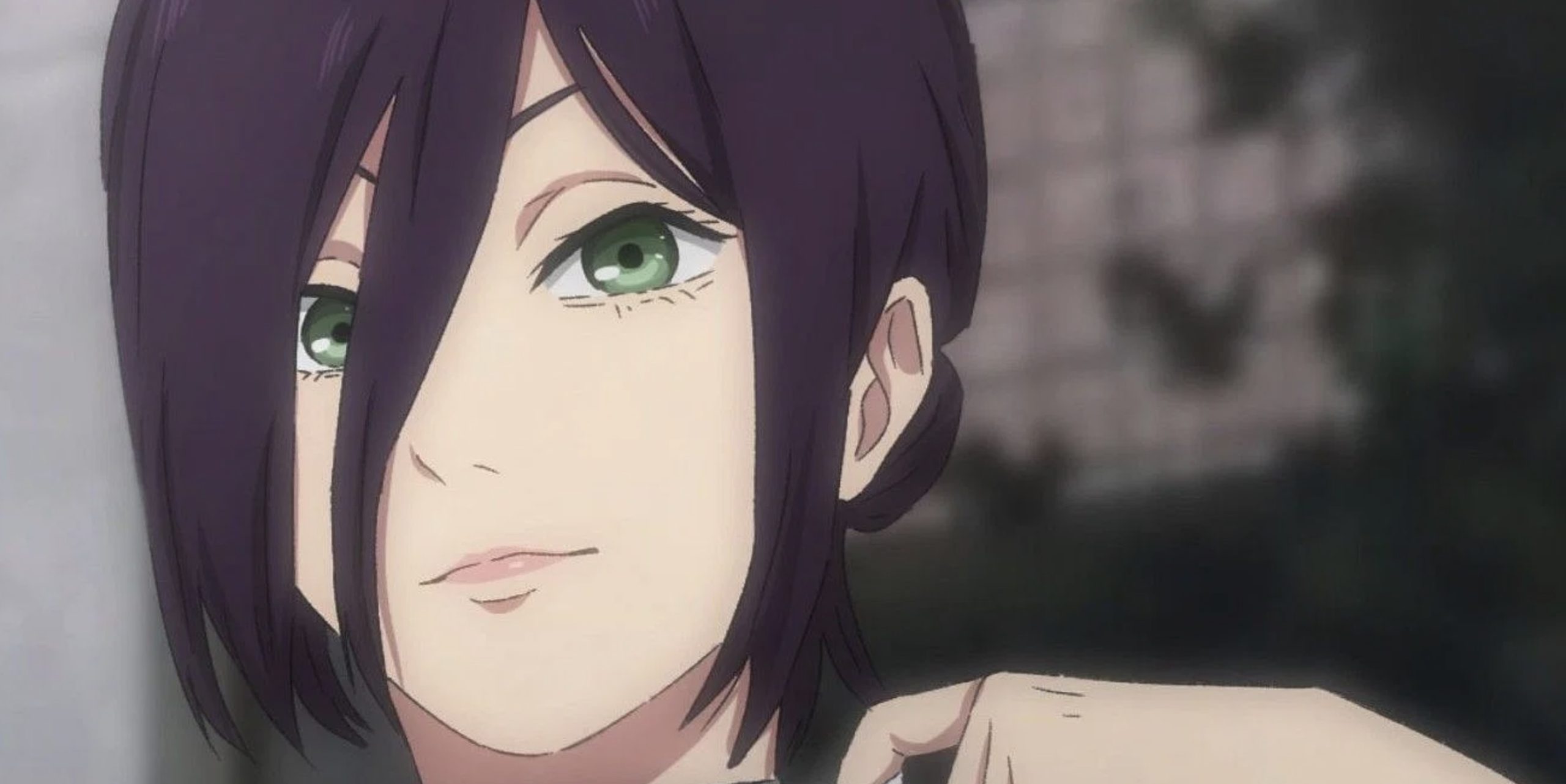
Despite initially embodying the role of antagonist, Reze’s internal conflict and growing bond with Denji add layers of depth to her character. Her formidable combat prowess renders her a formidable adversary, posing a significant challenge for Denji to overcome.
Yet, it is the exploration of Reze’s inner turmoil and her evolving emotions that truly resonate with audiences, showcasing her as a character grappling with the complexities of morality and redemption.
While her presence in the series may be fleeting, the impact of the Reze arc reverberates throughout the Chainsaw Man fandom, underscoring the depth of her character and the profound influence she wields within the narrative.
Reze’s arc serves as a testament to the series’ ability to craft compelling and multifaceted characters, leaving an indelible mark on readers and reaffirming her status as one of Chainsaw Man’s most memorable and amazing villains.
1. Makima
Makima stands as the quintessential villain in Chainsaw Man, amazing audiences with her hypnotic gaze and incomprehensible might. Her amazing presence and unique portrayal as a shonen antagonist contribute significantly to the series’ popularity, rivaling even the charm of its protagonist, Denji.
In many ways, Makima’s allure lies not only in her formidable power but also in her multifaceted character. Her complex motivations and Machiavellian machinations add depth to her portrayal, making her an amazing and unpredictable adversary. It is this complexity that sets her apart as a truly iconic villain in the Shonen manga.
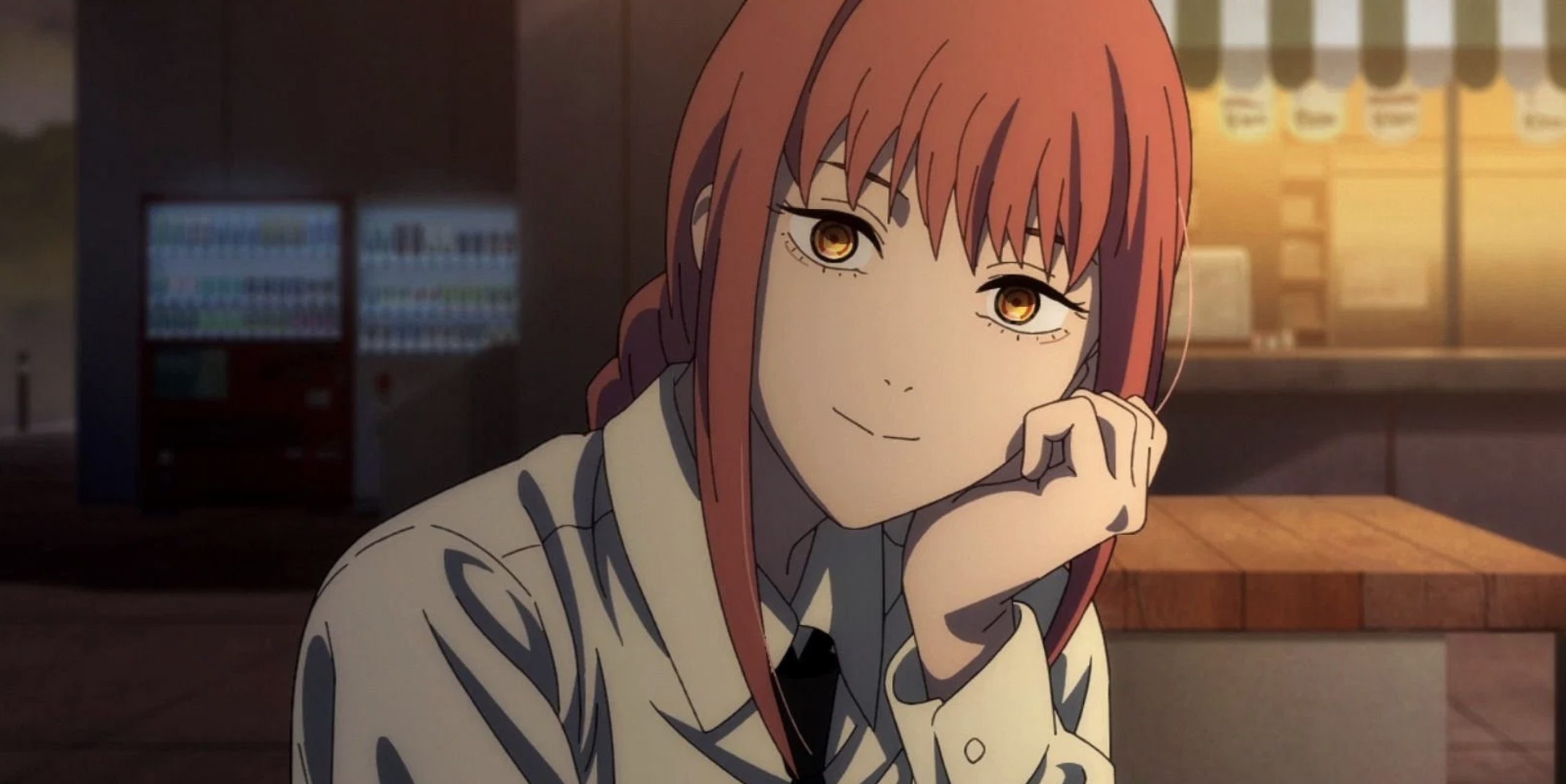
Makima’s popularity has transcended the confines of the fictional universe, sparking speculation among fans that her allure may extend beyond mere storytelling.
Some have even theorized that her influence as the Control Devil might spill over into the real world, manipulating the affections of fans and blurring the lines between fiction and reality.
Whether born from genuine admiration or the subtle manipulation of her powers, Makima’s enduring popularity speaks volumes about the impact of her character on audiences.
Her portrayal as a villain of unparalleled charisma and cunning has left an indelible mark on the Chainsaw Man fandom, cementing her status as one of the series’ most iconic and memorable characters.

